Let’s get “in the zone” and talk about planting dates.
The USDA Plant Hardiness Zone Map
The USDA Plant Hardiness Zone Map is the standard which most gardeners use to determine planting dates. You can access the map here. If you type in your zip code at the top, it tells you what zone your garden is located in. Easy peasy, right?
Not so fast….
Your gardening zone is based on two averages:
- The average FROST date in the fall and…
- The average date of the last frost, or FROST FREE date, in the spring.
But note the word “average”. An average, if you’ll remember from math class in high school, is calculated by adding together all possible numbers, then dividing by the number of inputs. So the “average” date is not a hard and fast rule, but the best educated guess based on historical data.
In some parts of the country, it’s a fairly predictable date. Growing up on Long Island, New York, our average frost-free date in the spring is Mother’s Day. It was a fairly accurate date, too. Long Island is surrounded by water of course (it’s an island, after all), and water acts as a temperature moderator. Temperatures rarely rise or fall more than a few degrees from day to night. If the days are in the 60s on Long Island, the night time temperatures are probably in the low 60s to high 50s.
Not so here in Virginia! We are almost the same gardening zone as my old home on Long Island, but the temperatures rise and fall dramatically. Part of that is our proximity to the Blue Ridge Mountains; sometimes the weather is more like Charlottesville and Roanoke, sometimes more like Richmond. If temperatures soar into the upper 60s in the day, they may dip as low as the 40s at night.
So while you can plant those tender annuals now, and they’re unlikely to actually freeze, I prefer to keep my tomatoes, eggplant and basil in their pots on the front deck. The warmth from the slate walkway in front of our home keeps them snug and warm at night, a few degrees warmer than the surrounding area. I can also move them easily into the garage or laundry room if a hard freeze is imminent.
Plant with Caution (and Keep Tuned to the Weather)
Yes, you can plant those tender annual flowers and vegetables now, but do with care. Keep an eye to the TV or an ear to the radio to watch for sudden weather changes. Last year, you may recall, we got a sudden freeze here in May. I raced around covering all the plants and ended up with a lot of frost damage. If you do have a frost predicted, use newspaper or cloth to insulate plants, like an old blanket or quilt. Move any that you can indoors for the night.
This weekend I will probably plant my tomatoes, celeriac, eggplant and basil. The pepper seedlings are finally coming up in the warm outdoor weather, but they need several more weeks before they’re big enough to transplant. It’s almost time for the first crop of green beans to go in, as well as the sweet potatoes, which I bought weeks ago when Lowe’s had the plants and have kept on the warm walkway since then.
Knowing when to plant isn’t as hard as it was years ago, but you still need to be attuned to the weather. It’s amazing that no matter how far we’ve come scientifically, the old ways – i.e,. tracking the weather patterns – are still the best when it comes to knowing when you plant vegetables.
If you enjoyed this article, you may also like:

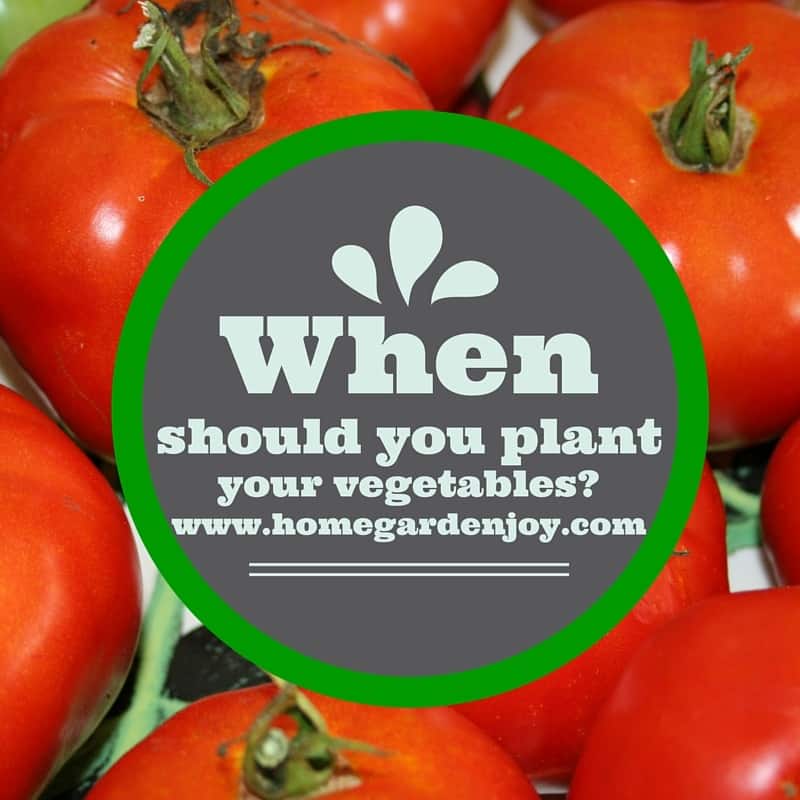

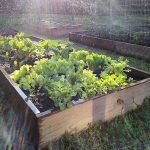
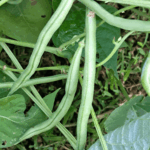
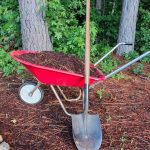
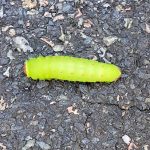
Wish I lived near you, you must have crops left over.
I have everything planted except for tomatoes and peppers. We’re past our average frost day but frost is in tonight’s forecast. This is pretty late in May for a frost. I’m not very worried about what is out there though. Our spring has been so slow coming that hardly any of the seeds are up yet.